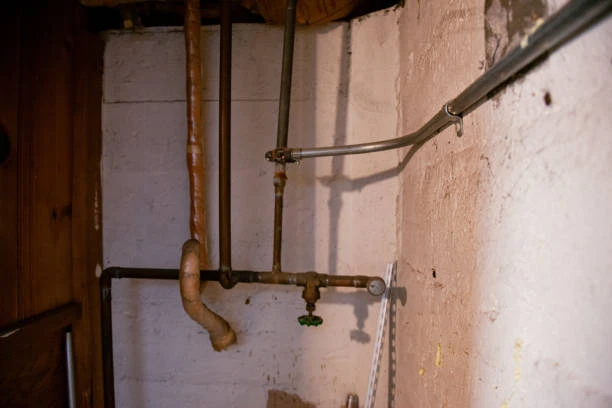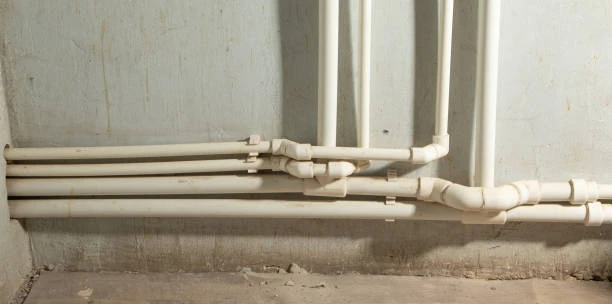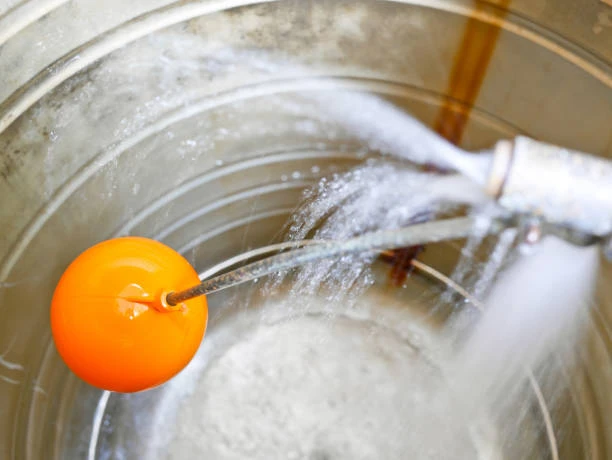Ultimate Guide to Faucet Leak Repairs
Antique brass taps add a vintage touch and timeless character to bathrooms, kitchens, and garden settings. Their sturdy metal structure, aged finish, and traditional design make them both functional and decorative. But like all plumbing fixtures, they are susceptible to wear and tear. Leaks, stiffness, and corrosion can gradually develop, especially if the tap has been in use for many years or exposed to outdoor elements.
This guide walks you through the essential techniques for identifying and repairing leaks in antique brass taps. We also explore the role of copper valves, selection guidelines, installation steps, and a comparison between copper and plastic components. With the right approach, your antique taps can continue performing reliably while preserving their vintage charm.
Frequently Asked Questions
Why do antique brass taps start to leak over time?
Leaks typically result from worn-out washers, corroded valve seats, or hardened rubber seals. Replacing these parts usually solves the issue.
Is it safe to use antique taps with modern plumbing systems?
Yes, as long as the tap’s threads and valve dimensions match your current pipe fittings. You might need adapters for older thread sizes.
How do I clean antique brass without damaging it?
Use a mix of lemon juice and baking soda or mild soap with warm water. Avoid abrasive tools that can scratch the finish.
Can I repair an antique tap myself?
Yes. Most repairs, such as replacing a washer or reseating a valve, can be done with basic tools and a little care.
Do antique taps use ceramic or compression valves?
Most antique taps use compression valves, which involve rubber washers. Newer reproductions may include ceramic disc technology.
Copper Valves: Definition and Distinctive Features
Copper valves are essential components in traditional and modern faucets alike. Their job is to control water flow and pressure, ensuring that taps open and close smoothly without leaking. Antique brass taps often rely on copper-based valve components for their inner workings.
Notable Features of Copper Valves:
Resilient to corrosion: Copper forms a protective oxide layer that resists rust
Thermally stable: Performs well with hot and cold water
Long-lasting: Can function effectively for decades when properly maintained
Bacteriostatic properties: Inhibits bacterial growth in water channels
Easily machinable: Ideal for custom or vintage plumbing systems
In antique-style taps, copper valves contribute to both historical authenticity and modern functionality.
Common Applications of Antique Brass Taps
Antique brass taps are more than nostalgic artifacts—they’re widely used in a variety of settings where style meets function:
Restored Homes and Historical Properties: Maintain architectural authenticity
Boutique Hotels and Guesthouses: Add a touch of vintage luxury
Gardens and Outdoor Settings: Complement classic landscaping themes
Restaurants and Cafés: Create an elegant or rustic ambiance in washrooms
Vintage Bathrooms and Kitchens: Combine modern plumbing with a traditional look
Their aesthetic appeal, combined with robust material construction, makes them a top choice for renovation projects or period-style interiors.
Buying Guide: Choosing Quality Antique Brass Taps
Selecting the right antique-style tap involves a balance of visual appeal and technical compatibility. Here are key factors to consider:
Material Composition:
True antique brass taps are made of solid brass. Avoid lightweight imitations made of coated plastic or low-grade alloys.
Finish Authenticity:
Choose between polished, brushed, or aged finishes. A genuine patina enhances character, while lacquered coatings offer longer protection.
Valve Mechanism:
Original antique taps use compression valves. For ease of use and durability, consider ceramic disc valve models with antique styling.
Thread Compatibility:
Check whether the tap’s inlets match your pipe thread standards (typically BSP or NPT). Thread adapters may be required.
Certifications:
Look for ISO or CE markings if the tap is newly manufactured to vintage standards. This ensures it meets modern safety criteria.
Installation Tips for Antique Brass Taps
Installing antique brass taps requires a bit more care than modern designs due to potential differences in fittings and materials. Follow these guidelines:
Check Dimensions First: Ensure that the tap’s height, reach, and connection size fit your basin or wall mount
Use Soft Tools: Avoid scratching the finish—wrap tools with cloth when tightening
Apply PTFE Tape: Wrap threads with sealing tape for leak prevention
Level Carefully: Use a spirit level to align dual-handle taps evenly
Flush Pipes Before Installation: Remove any sediment or debris that might clog the valve
Seal Edges Neatly: Apply a thin layer of plumber’s putty or silicone around the base for a water-tight seal
Proper installation preserves both function and visual integrity.
Copper Valves vs Plastic Valves: Which Is Better?
| Feature | Copper Valves | Plastic Valves |
|---|---|---|
| Durability | Very high – ideal for long-term use | Moderate – can crack or warp under pressure |
| Temperature Tolerance | Excellent – safe for hot and cold water | Limited – not ideal for high temperatures |
| Corrosion Resistance | Outstanding – forms protective patina | Good but susceptible to UV and aging damage |
| Environmental Impact | Fully recyclable and eco-friendly | Less sustainable – often non-recyclable |
| Aesthetic Value | Suitable for visible and vintage applications | Rarely used where appearance matters |
| Installation | Requires basic plumbing tools and fittings | Easier to handle, but less compatible long term |
For antique brass taps and other high-end fixtures, copper valves remain the gold standard.
Conclusion
Faucet leaks—especially in antique brass taps—may seem daunting, but they’re often easy to resolve with simple maintenance. Whether it’s a worn washer, loose joint, or old seal, addressing the problem early prevents further damage and saves water. Understanding the role of copper valves, selecting the right materials, and following careful installation practices all contribute to optimal tap performance.
Antique brass taps not only enhance a space aesthetically but also deliver reliable service when maintained properly. Whether installed in a historic home, vintage bathroom, or garden retreat, their charm and durability make them a lasting investment.
Connect with IFAN
IFAN is a trusted Chinese manufacturer with over 30 years of experience in supplying plastic pipes, brass valves, copper fittings, and complete piping systems. Whether you’re restoring antique taps or installing modern plumbing, IFAN offers a full range of quality solutions.
Contact IFAN Today:
For more information,pls visit our webside https://waterpipefitting.com/
Pls Mailto: [email protected]
Whatsapp: +86 15088288323
You’ll receive a response within 24 hours, and our team is always ready to assist with product selection, custom orders, and technical support.
IFAN Certifications and Industry Standards
IFAN products strictly conform to international standards, ensuring performance, safety, and reliability:
ISO Series: 15874, 15494, 1452
DIN Standards: 8077/8078, 8061/8062
ASTM Compliance: F2389, D2665, D1785 SCH40/80
GB/T and NBR Standards: GB/T 18742, GB/T 19472
Regional Certifications: CSA B137.6, NSF/ANSI 14, BS 4346, JIS K6741, AS/NZS 1477
These approvals confirm IFAN’s commitment to quality and global compatibility across various plumbing applications.














Recent Comments